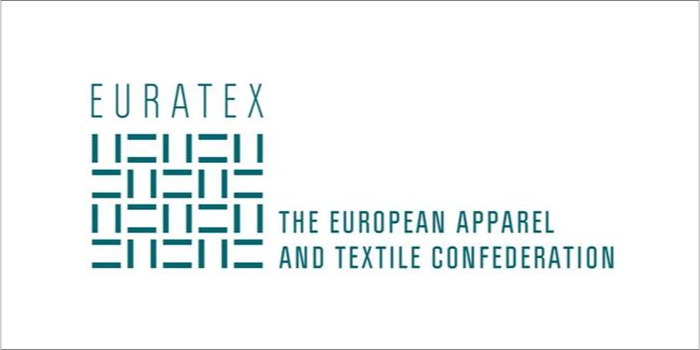
Euratex develops five flagship initiatives
The first initiative is to organise guaranteed supplies and build resilient value chains in Europe for critical PPE and other textile products to avoid an impact of this magnitude in the future.
The first initiative is to organise guaranteed supplies and build resilient value chains in Europe for critical PPE and other textile products to avoid an impact of this magnitude in the future. This includes setting up a strong European textile alliance. The second initiative is to make sure to upskill the existing workforce, which is growing older (35 percent is over 50 years old) to meet a rapidly transforming industry and attract well-qualified young workers and professionals to foster innovation and digitalisation.
The third initiative is about investing in innovative and sustainable textiles and turning circularity into a source of competitiveness through dedicated public private partnerships (PPPs) at EU level. “These PPPs will pool and accelerate research, innovation, pilot testing and demonstration in critical areas, like digital manufacturing and supply chains,†foresees Euratex.
In addition and as a fourth initiative, Euratex wants to establish five recycling hubs in Europe near existing textile and apparel districts and therefore make raw materials by collecting, sorting, processing and recycling post-production and post-consumption textile waste.
The fifth initiative is about ensuring free and fair trade for textile and apparel companies and to promote an integrated ecosystem with the EU’s long standing partners so that goods do not get blocked by national authorities at the borders again in the future. “A first step should be to promote the Pan Euro Med as an integrated ecosystem, and exploit market opportunities resulting from other EU free trade agreements,†suggests Eurotex.
“This crisis showed the importance of our industry and now, more than ever, it’s essential to develop the competitiveness of the European ecosystem. The “EU Next Generation†package can play an important role and support the textile and clothing industry in its renaissanceâ€, commented Paccanelli.
As the voice of the European textile and apparel industry, Euratex represents about 1,70,000 companies (of which 90 per cent are small ones) employing around 1.7 million workers. In 2019, the industry generated exports amounting to over 61 billion euros but went through a difficult year as recent Eurostat data showed, with declining employment and a negative turnover evolution for the first time since 2012-13. According to forecasts, the sector could face a loss in turnover of 50 billion euros in 2020.
Effective short-term access to liquidity, quickly re-opening shops and companies, targeted public procurement, well-functioning markets and supply chains and stopping additional regulatory burdens are quick recovery measures that Euratex deems essential for the industry.



